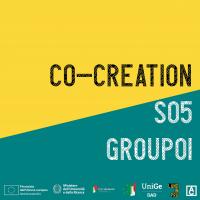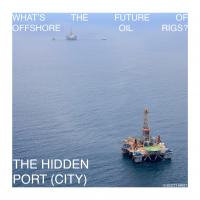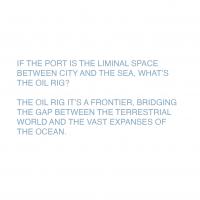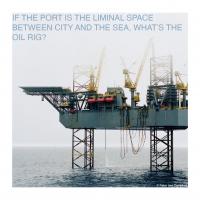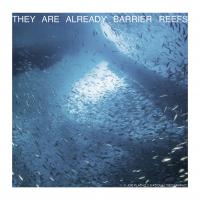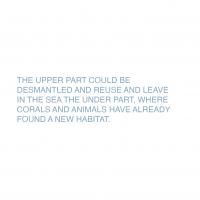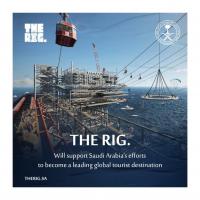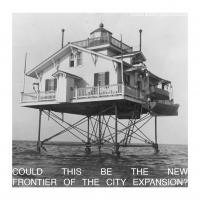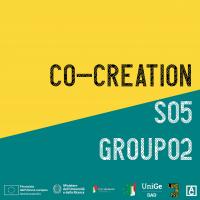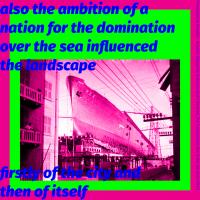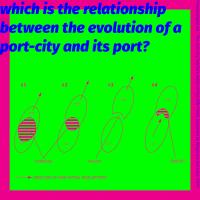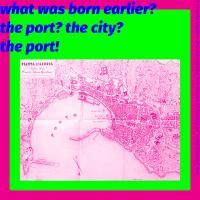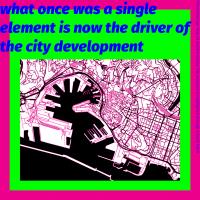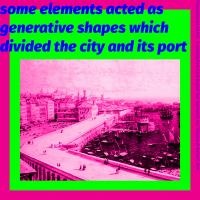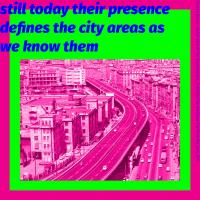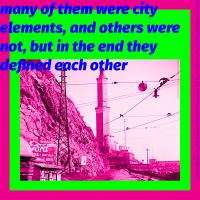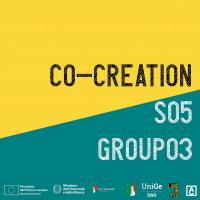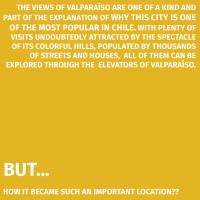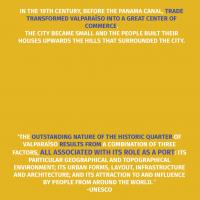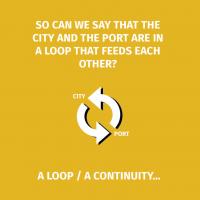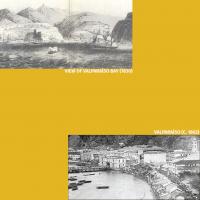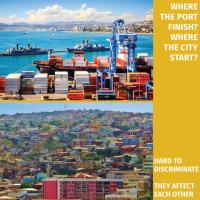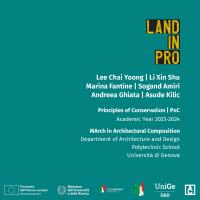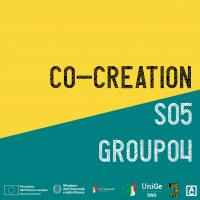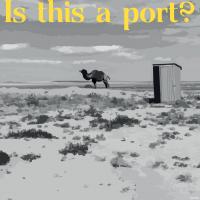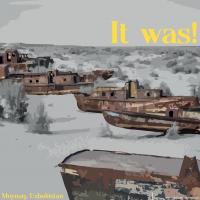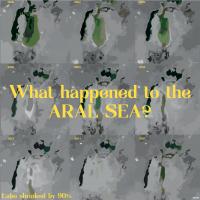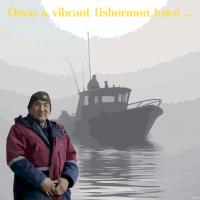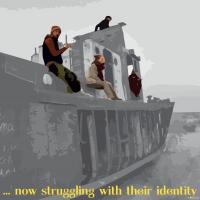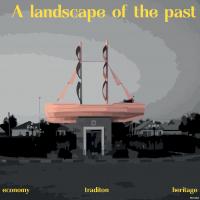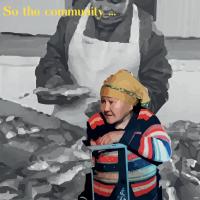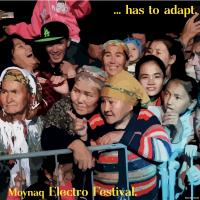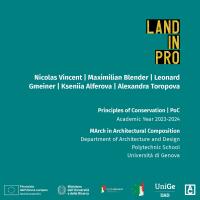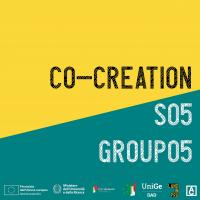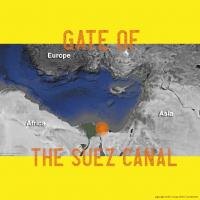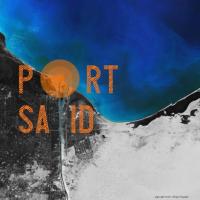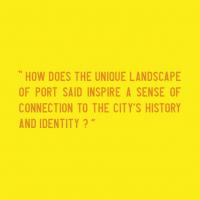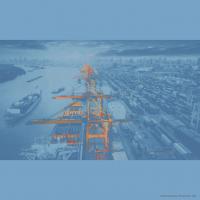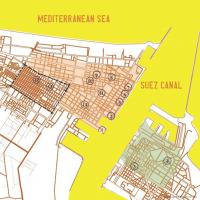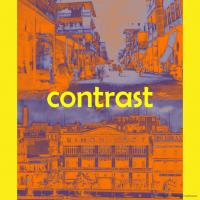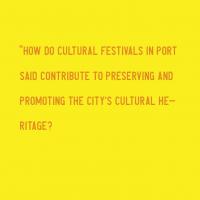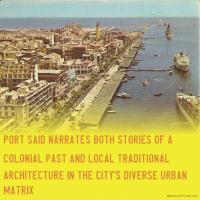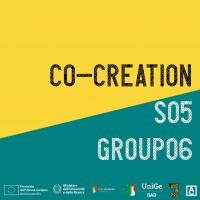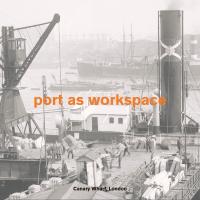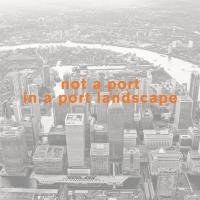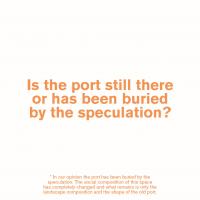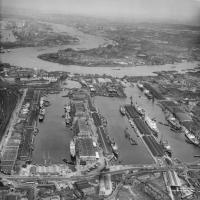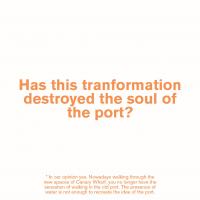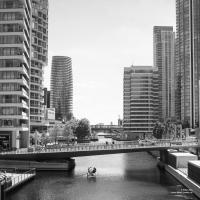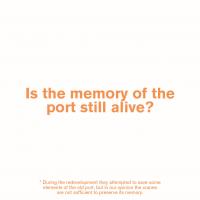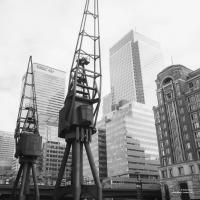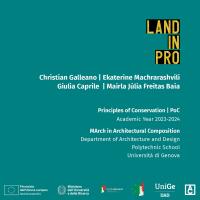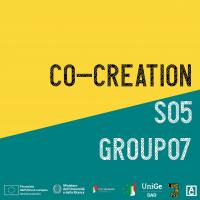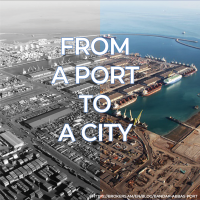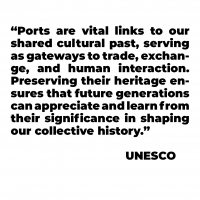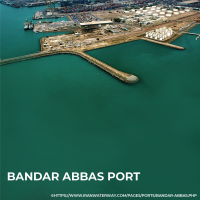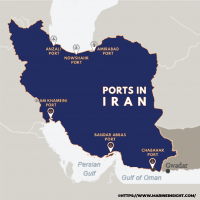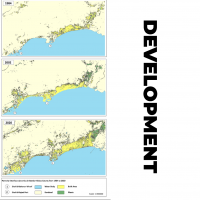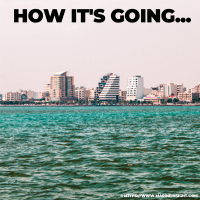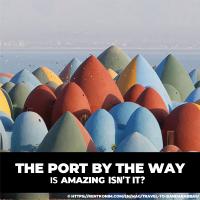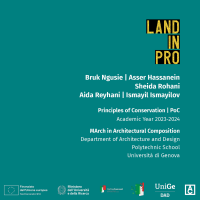
S05 | April 18, 2024
h. 2:30-3:30 pm - Open Lecture [3:30-6:30 pm + Co-creation]
The Port as a Landscape: Research and Design Experiences
Beatrice Moretti | PhD Architect, Assistant Professor (RtdA) in Architectural and Urban Design, Principal Investigator of the research project PULSE, Department Architecture and Design (DAD), Università di Genova.
Link to the open lecture on Microsoft Teams.

Group 1 | G01
Redefining Urban Boundaries: Offshore Oil Rigs as Frontier Cities
Unlock the potential of offshore oil rigs as frontiers bridging land and sea. As ports signify the threshold between city and ocean, rigs represent a new frontier. Repurpose their upper parts for tourism, leaving the lower sections as artificial reefs for marine life. Imagine these rigs transformed into permanent villages or cities, offering unique living experiences. With existing infrastructure, they could pioneer innovative city expansion. Oil rigs hold the promise of harmonious coexistence between urban development and the vast ocean, signalling a new era of sustainable growth. Could this be the next frontier of city expansion?
Keywords: Offshore Frontiers, Rig Revolution, Sea Urbanization, Sea Heritage
Students: Laura Di Domenico, Margherita Squeo, Mohammad Golshan, Oussama Yahiaoui, Seyedehmaedeh Mousavi, Johan August Skjomming

Group 2 | G02
The port as the modeller of the city
Beyond the waves, the Port of Genoa has sculpted the city over the centuries. From its early shipyards in the 12th century to the modern port complex, each phase has left an indelible mark. The excavation of San Benigno Hill in 1920, which unified Genoa and Sampierdarena, the transatlantic liner Rex in 1933, whose construction altered the face of the neighbourhood Sestri Ponente, the replacement of the charming Terrazze di Marmo with the majestic Sopraelevata in 1960. These are just a few examples of how a Port shapes its city, guiding its urban transformations and connecting the city’s destiny to the port one.
Keywords: Genoa Port, Seascape, Port city
Students: Alberto Tonelli, Andrea Rebora, Emiljano Nokaj, Arina Zhalnina, Masoud Ebrahimpour Taher

Group 3 | G03
Does the city shape the port or does the port shape the city?
The port of Valparaiso in Chile is designated as a UNESCO World Heritage site and is renowned for its unique topography, with the city cascading down the hillsides toward the sea. The breathtaking views of Valparaiso contribute to its popularity and allure. However, what factors contributed to its significance? UNESCO recognizes the port's role - its environment, urban layout, and overall influence - as integral aspects of Valparaiso's heritage. This raises the question: is there a symbiotic relationship between the city and its port, where does the port finish and where does the city start? It's hard to determine the precise boundary between them, as they intricately influence one another.
Keywords: Valparaiso, Port Heritage, UNESCO
Students: Lee Chai Yoong, Li Xinshu, Magdalena Andrea Ghiata, Marina Galvao Jaqueira Fantine, Sogand Amiri, Ruveyeda Asude Kilic

Group 4 | G04
Moynaq
We wanted to stress the situation of the Aral Sea. Once one of the world's largest inland bodies of water, the Aral Sea has dramatically shrunk due to human intervention, causing environmental devastation, loss of livelihoods, and health issues. Therefore we portrayed the city of Moynaq and its community. Once it was located at the waterfront and a flourishing fishermen's town. Due to the decrease in water, it is now 150 km away from the lake. What remains are the ships and the infrastructure of the port. Though completely detached from the water, it is now not only a reminder of the past but also a heritage for life concerning the economy and traditions of the local community.
Students: Maximilian Blender, Leonard Gmeiner, Nicolas Vincent, Toropova Aleksandra, Kseniia Alferova
Keywords: Port, Aral Sea, Industrial landscape

Group 5 | G05
The essence of Port Said
The essence of Port Said is characterised by a fusion of history and architectural heritage. The scenic Suez Canal weaves a breathtaking landscape, blending nature with human agency. Each architectural element forming Port Said is a rich heritage which narrates both stories of a Colonial past and local traditional architecture in the city's diverse urban matrix, reflecting its cultural evolution through time. Beyond tangible heritage, artisans and storytellers preserve local traditional practices that constitute the intangible heritage of the port area.
Keywords: Port Said, Port heritage, Port landscape
Students: Hussin Noheir Mohamed Rehan, Belkbir Madjda, Allali Oussama, Dasdemir Zeynep, Asyl Awawdeh

Group 6 | G06
Soul of the port: reflections on Canary Wharf's transformation
The transformation of Canary Wharf has altered the port's character, but whether it has destroyed its soul is subjective. While modern developments have replaced some historic infrastructure, remnants of the port's essence, such as its maritime heritage, persist. However, concerns about rapid commercialization and social displacement may evoke a sense of loss for some. Canary Wharf's identity is a blend of its industrial past and modern financial prominence, inviting varied interpretations. Ultimately, whether its soul remains intact lies in individual perceptions of its evolution amidst economic growth and urban change.
Students: Giulia Caprile, Christian Galleano, Julia Mairla Freitas Baia, Ekaterine Macharashvili
Keywords: Transformation, Identity, Urbanscape

Group 7 | G07
Bandar Abbas Port: the city from the port
Bandar Abbas Port, nestled on Iran's southern coast, stands as a testament to history and commerce, shaping the vibrant city around it. Established in antiquity, it has been a pivotal hub for trade, connecting East and West through the ages. Its strategic location on the Strait of Hormuz amplifies its significance, facilitating global maritime traffic. Beyond economic importance, the port embodies cultural heritage, reflecting the diverse influences of Persian, Arab, and European civilizations. From ancient spice routes to modern shipping lanes, Bandar Abbas Port remains a symbol of resilience, adaptation, and the enduring legacy of maritime enterprise.
Students: Hassanein Asser Ibrahim Khalil Ibrahim, Zewdie Bruk Ngusie, Reyhani Aida, Rohani Sheida Ismayilov Ismayl
Keywords: Port, Cultural Heritage, Industrial Heritage

This project has received funding from the National Recovery and Resilience Plan (NRRP) - Mission 4 “Education and Research” - Component 2 “From Research to Business” - Investment 1.2 “Funding projects presented by young researchers” and the European Union's Next Generation EU Recovery Plan - Project no. 100027-2022-FP-PNRR-YR_MSCA_0000005"

Disclaimer
The responsibility for the content published on the Land-In-Pro Seminar Cycle + Co-creation activities lies with the authors and reflects only their views. The Italian Ministry of University and Research and the European Commission are not responsible for any use that may be made of the information contained therein.

